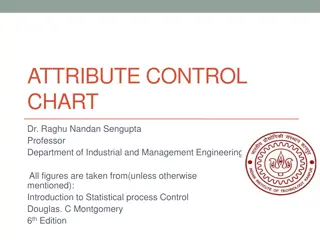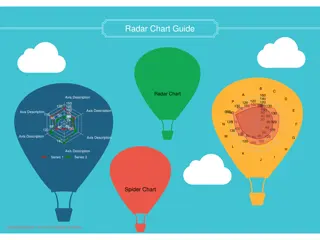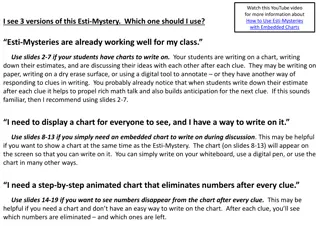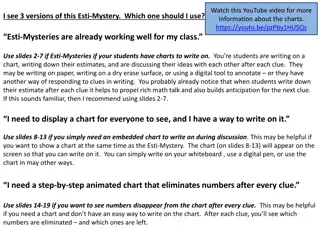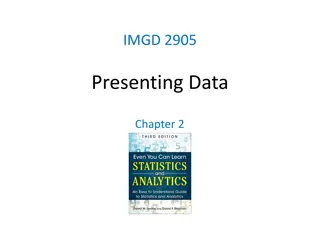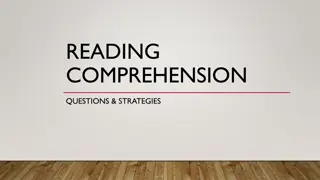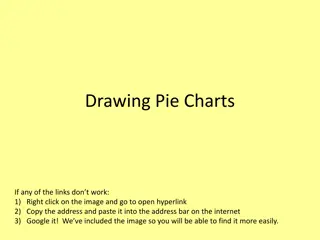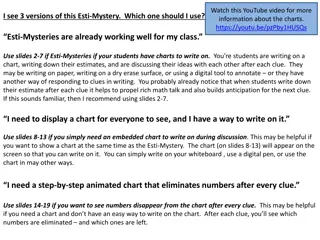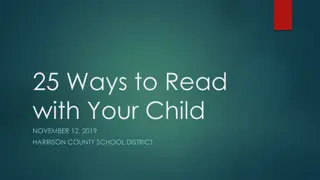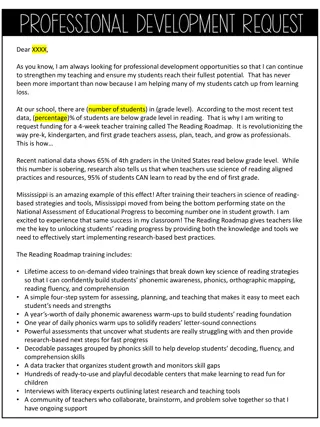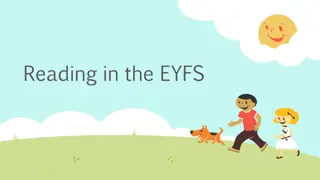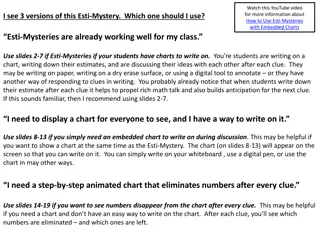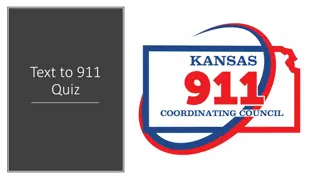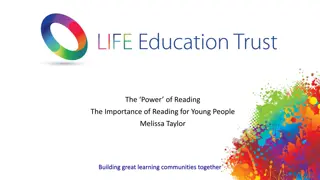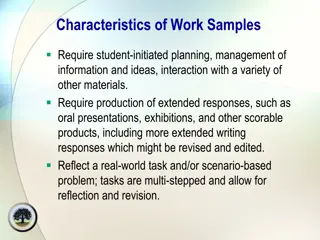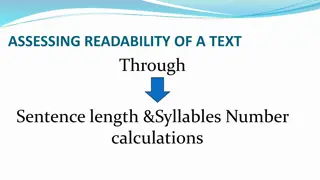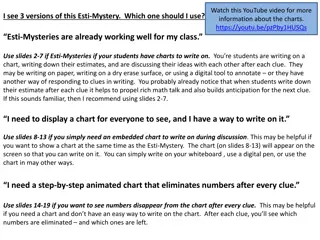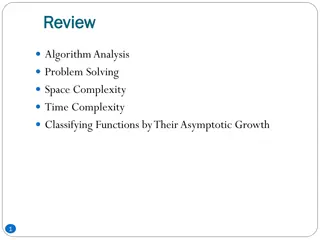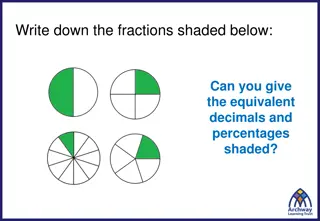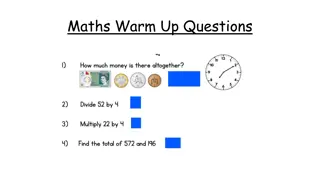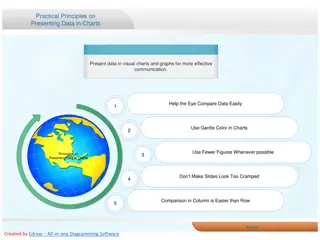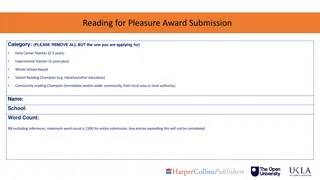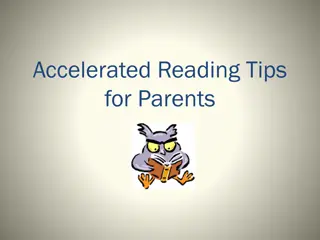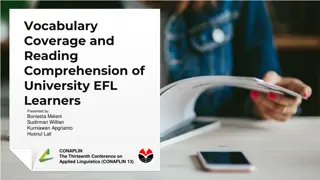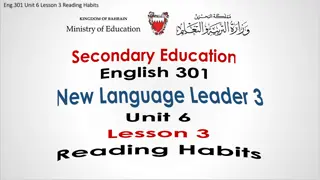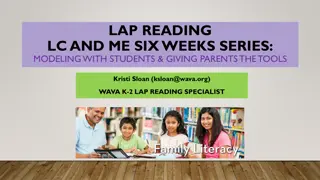Exploring Non-Text Reading with Charts in Educational Setting
In this educational content, various images and descriptions are provided to facilitate non-text reading and comprehension skills. Students are encouraged to identify pictures, read charts, and answer questions based on the information presented. The content focuses on different types of shirts sold in a shop, the quantity of shirts sold, and comparisons between shirt categories. Through engaging visuals and questions, learners can enhance their reading and analytical abilities.
Download Presentation

Please find below an Image/Link to download the presentation.
The content on the website is provided AS IS for your information and personal use only. It may not be sold, licensed, or shared on other websites without obtaining consent from the author. Download presentation by click this link. If you encounter any issues during the download, it is possible that the publisher has removed the file from their server.
E N D
Presentation Transcript
D I G E M 1 . 1 S E N G I T A Reading & Writing L 4.0
D I G E M 1 . 1 S E N G I T A Identify the pictures L 4.0
D I G Non-text Reading ENG M.1 Sem. 1 Reading & Writing Non Text Reading Non-text reading I T A L 4.0
D I G Non-text Reading Reading the chart ENG M.1 Sem. 1 Reading & Writing I T A L 4.0
D I G Non-text Reading Reading the chart ENG M.1 Sem. 1 Reading & Writing I The vertical axis shows the quantity of shirt sold in a week. The horizontal axis shows the different types of shirt. T A L 4.0
D I G Non-text Reading Reading the chart ENG M.1 Sem. 1 Reading & Writing 1. 3 90 Sport shirt ( ), Male Shirt( ), women shirt ( ) 2. Male shirt ( ) Sport shirt ( ) 3. Male shirt ( ) Women shirt ( ) 10 I T A L 4.0
D I G Non-text Reading Reading the chart ENG M.1 Sem. 1 Reading & Writing I T A L 4.0
D I G Non-text Reading Reading the chart ENG M.1 Sem. 1 Reading & Writing I T A L 4.0
D I G Non-text Reading Reading the chart ENG M.1 Sem. 1 Reading & Writing Questions: 1. How many types of shirt do the shop have? There are 3 types of shirt in the shop . 2. Which shirt does the shop have more than any other shirt? The shop has more male shirts than other shirt . 3. How many shirts did the shop can sell in one week? The shop sold 90 shirts in one week . I T A L 4.0
D I G Non-text Reading Reading the chart ENG M.1 Sem. 1 Reading & Writing Questions: 4. How great is the difference between the number of sport shirts and the number of male shirt sold in one week? The difference between the number of sport shirts and the number of male shirt sold in one week is 20 shirts______ . 5. Which cloth did the shop sell the least? The shop sold fewer sports shirt than any other shirt . I T A L 4.0
Reading the chart D I G ENG M.1 Sem. 1 Reading & Writing Exercise 1: Read the bar chart. Write T before the correct statements and F for the incorrect ones. Do as in the given example. I T A L 4.0
Reading the chart D I G ENG M.1 Sem. 1 Reading & Writing Exercise 1: Read the bar chart. Write T before the correct statements and F for the incorrect ones. Do as in the given example. Example: T Pong has more Aesop s fables than love stories. _______ 1. Peter has more cartoon books than love stories. _______ 2. Peter has fewer texts than any other book. _______ 3. He has 65 books. _______ 4. Peter likes to read comic. _______ 5. Peter has more texts than love stories. I T A L 4.0
Reading the chart D I G ENG M.1 Sem. 1 Reading & Writing Exercise 2: Read the graph. Write the appropriate number in the circle to complete the sentences. Follow the example given. I T A L 4.0
Reading the chart D I G ENG M.1 Sem. 1 Reading & Writing Exercise 2: Read the graph. Write the appropriate number in the circle Follow the example given. Example: Nancy has 1. Nancy has kinds of fruit. 2. She has kilos of mangoes. 3. How many kilos of fruit does Nancy have altogether? 4. How much is the difference between pineapples and mangoes in kilos? to complete the sentences. I 20 T A kilos of bananas. L 4.0 5. is the total number of grapes and bananas in kilos.
Reading the chart D I G ENG M.1 Sem. 1 Reading & Writing Exercise 3: Read the pictograph and answer the following questions. This graph shows the amount of coconuts sold by Robert. I T A L 4.0
Reading the chart D I G ENG M.1 Sem. 1 Reading & Writing Exercise 3: Read the pictograph and answer the following questions. This graph shows the amount of coconuts sold by Robert. 1. How many coconuts did Robert sell on Friday? a) 600 c) 800 2. How many coconuts did Robert sell on Sunday and Thursday? a) 1,100 c) 1,300 I T A b) 700 d) 900 L 4.0 b) 1,200 d) 1,400
Reading the chart D I G ENG M.1 Sem. 1 Reading & Writing Exercise 3: Read the pictograph and answer the following questions. This graph shows the amount of coconuts sold by Robert. 3. On which day did Robert sell the most of coconuts? a) Sunday c) Tuesday 4. How much is the difference in the amount of coconuts on Sunday and Monday? a) 300 c) 900 I T A b) Monday d) Wednesday L 4.0 b) 600 d) 1,500
Reading the chart D I G ENG M.1 Sem. 1 Reading & Writing Exercise 4: Read the circle graph and draw a happy face { ) if the statement is correct and a sad face ( ) if the statement is wrong. I T A L 4.0
Reading the chart D I G ENG M.1 Sem. 1 Reading & Writing Exercise 4: Read the circle graph and draw a happy face { ) if the statement is correct and a sad face ( ) if the statement is wrong. Example: occupation is farmer. __________ 1. 12% of the parents population are doctors. __________ 2. The second preferred occupation is official. __________ 3. The number of businesmen, laborers, and others is equal to the number of farmers. __________ 4. The least preferred occupation is being an official. __________ 5. There are 5 occupations mentioned in the I The most preferred T A L 4.0
Reading the chart D I G ENG M.1 Sem. 1 Reading & Writing Exercise 5: Read the circle graph and answer the following questions same as the example given. I T A L 4.0
Reading the chart D I G ENG M.1 Sem. 1 Reading & Writing Exercise 5: Read the circle graph and answer the following questions same as the example given. There are 2,500 students in Triam Udom Suksa school. How many students are there in each school level? Example: Find the number of students in Mathayom 1: 2,500 x 0.22 = 550 I T A L 4.0
Reading the chart D I G ENG M.1 Sem. 1 Reading & Writing Exercise 5: Read the circle graph and answer the following questions same as the example given. There are 2,500 students in Triam Udom Suksa school. How many students are there in each school level? 1. Find the number of students in Mathayom 2: ____________________ 2. Find the number of students in Mathayom 3: ____________________ 3. Find the number of students in Mathayom 4: ____________________ 4. Find the number of students in Mathayom 5: ____________________ I T A L 4.0


